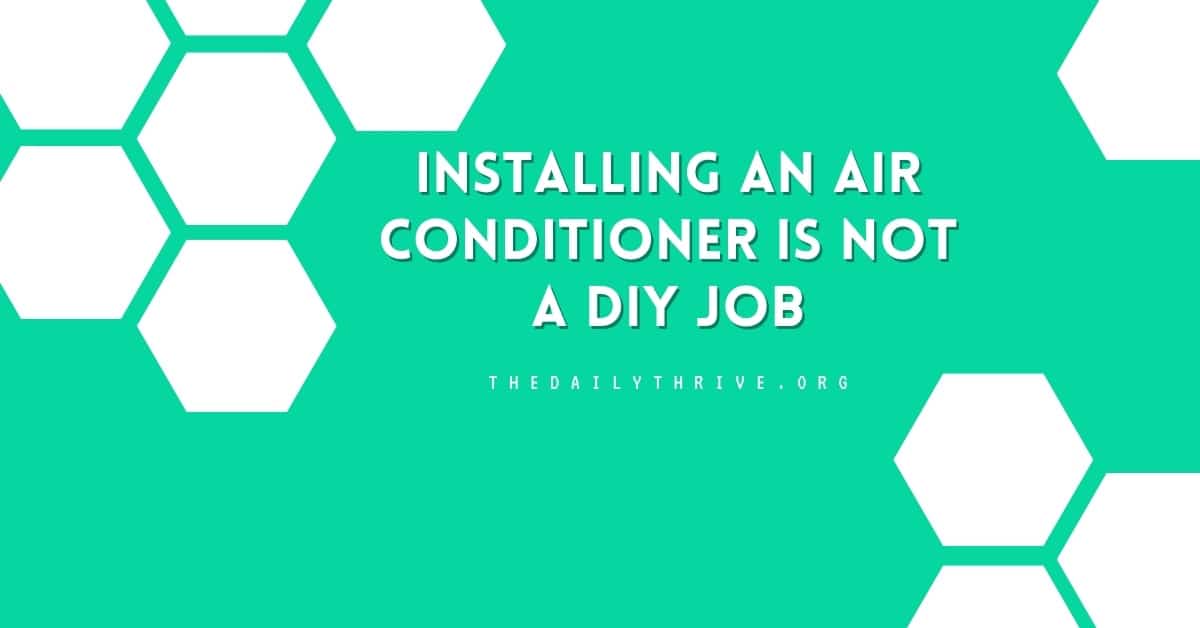The main thing that frustrates most Do-It-Yourselfers when it comes to air conditioning systems is the fact that it is illegal to buy Freon (R-22) and other coolants unless you hold the proper certifications. It is not impossible for the average peoples to get certified, but it does require a fair amount of practical experience and a good deal of studying.
The certification that is required is called EPA Section 608 Technician Certification, and there are a number of different schools that conduct the classes and administer the testing.
If you are inclined to take this step, then be aware that there are a number of different tools that you will need to invest in that may not make a lot of sense for single-use applications.
An HVAC manifold gauge is needed in order to charge your system to the proper operating pressures, and this is not a screwdriver. It requires some specific knowledge in order to know how to work it properly, and also the specific requirements of the air conditioning unit that you are working on.
And then, you have two factors in other things like what other components have been added into the system. The size and length of copper tubing are being used, and a number of other factors that will tell the experienced air conditioning professional what the correct pressures should be for any given air conditioner installation.
You can pick up one of these for as little as $50 or more, but once again, it is not something that even the most seasoned DIY handyman can use without some specific knowledge.
Last but not least is the welding of the copper tubing. Welding is more of an art than a science. All of the training in the world will never substitute for practical experience.
Welding requires knowledge of the proper size of tubing to use for the operating pressure of the system, a welding torch, solder rated for the copper tubing, and leak testing methods.
Copper tubing is used because of its pliability and its unique properties when it comes to creating welds. Sweating copper tubing is an important aspect of the welding process in order to get the material to create the proper seal.
If you can get past all of these requirements and you feel that you have what it takes to tackle your own job or even to become a professional HVAC technician, then I wish you the best of luck. My only advice is to tackle each job like it is for your own home and avoid taking shortcuts that will result in a poor air conditioner installation and an even worst reputation down the line.






